10 Key Scenes of a Mythological Fantasy Novel
Over the last months, we’ve been looking at the ten key foundational scenes you need for your novel. I shared a couple of examples of what these scenes might look like, and you could take just about any best seller and pencil in those ten key scenes and note how they are in just the right place.
I sent out a call for writers to create a chart of their published novel’s ten key scenes. Many took me up on this, and all said it was both fun and challenging. I hope our look at many of these charts submitted by published authors has shown you how helpful and easy this can be.
I’d like to challenge all of you to lay out your scenes using this chart—whether you are just brainstorming your novel idea or have already written or published it. Doing this will save you perhaps weeks or months of time as you struggle to figure out how to tell your great story.
Let’s take a look at a novel by Jaimie (J. L.) Eck called Naupaka Blooming. It falls into the mythical, visionary fantasy subniche.
Jaimie has a creative premise, as she has a past story that segues into a modern-day story. More commonly seen in novels are parallel timelines, with a cast of characters in each separate time.
These types of novels are challenging but when done well are very memorable. It’s common in many best sellers across genres to use multiple timelines. And like layering in a subplot with 20 key scenes, it’s doable to use that same framework to lay out the key scenes for both timelines and main characters.
Here’s her Amazon description copy:
In ancient Hawaii, after an auspicious encounter with a sea turtle, her family guardian spirit animal, young princess Leilani unexpectedly falls in love with Kanoa, a commoner. In spite of being forbidden from each other, the young lovers believe they have the blessings of the gods.
But when dark forces intervene their relationship ends in tragedy. Ever after, the naupaka flower, a symbol of their love, mourns Leilani and Kanoa by growing with only half its petals.
Centuries later, Liz finds herself navigating a new life in Hawaii, the land of her ancestors. Between making new friends and romantic pursuits, she learns of the naupaka flower and its tragic love story. She has a strange encounter with a sea turtle and then learns that the sea turtle is her ancestors’ guardian spirit animal. And then she finds herself intensely drawn to a local man she’s never met before.
Or has she? With persistent feelings of deja vu and vivid dreams about what seems to be a prior life, she wonders. But dark forces gather against Liz now, much as they gathered against Leilani so long ago. Will Liz finally find the love she’s always wanted, or will she—like Leilani before her—be caught up in a tragedy as old as the naupaka story itself?
Here is the chart Jaimie created that lays out her ten key scenes (my comments in bold):
#1 – Setup. Leilani is introduced as a free-spirited young teenage princess in ancient Hawaii. She doesn’t understand the rules or want to follow them. She meets Kanoa, the commoner who she is forbidden from. [Good introduction of character and the conflict in her life.]
#2 – Turning Point #1 (10%): inciting incident. Leilani and Kanoa sneak around together and fall in love. They believe they have the approval of the gods and seek permission from her father to be married. Her father determines that a kahuna (priest) will need to be consulted with because he already promised Leilani to another man.
#3 – Pinch Point #1 (33% roughly). Pika, the father of the man Leilani was promised to intervenes to ensure that his son marries Leilani. Tragedy ensues. The myth of the naupaka flower begins, the flower was symbol of their love and grows with only half its petals. [Good pinch point, and a good place to bring in her themes and motif of the flower.]
#4 – Twist #1. Leilani and Kanoa are reincarnated centuries later in modern-day Hawaii for second chances. Liz (Leilani) moves to Hawaii for a fresh start on life, and Aaron (Kanoa) is a wealthy local Hawaiian running for mayor. Their positions have switched from ancient Hawaii. [So, this premise is very challenging to me, structurally. My gut feeling, without having read this, would be to create a typical parallel story, so that the reader watches the events unfold in the past alongside the present-day ones. For if the past situation is really only mentioned and shown at the start of the story and not dealt with at all in the main plot, it would be better to have it as a prologue, to set up the story.]
#5 – The Midpoint (50%). Liz falls for a man name Brad. She thinks it is true love, but it turns out Brad is just playing her. She is heartbroken and contemplates ending it all. [So this also appears to be a romance, and I’m guessing their “second chance” is to be together and have that HEA. So with the present situation, you’d want a lot of complications to also stand in the way of success and reaching this goal. The midpoint is a specific incident or development that’s huge and makes the heroine determined to go after her goal. This scene is a setback, not the midpoint. I’d like to know what then happens to make her determined to live.]
#6 – Pinch Point #2 (62% roughly). Liz makes the decision to live and meets new friends who introduce her to new adventures. These new friends are her reincarnated friends and family from ancient Hawaii but she doesn’t realize it yet. She starts having strange dreams. [I don’t see this as the pinch point. If there is no specific opposition to the two getting together, what really is keeping them apart? Is there a subplot or plot thread involving a situation that accomplishes this? This scene described shows a new development, but it’s not a pinch point.]
#7 – Twist #2. Liz gets a cushy job offer from Peter (Pika) and takes it thinking her life is improving dramatically. She meets Aaron and they begin a romance.
#8 – Turning Point #4 (75%): Major setback. Liz gets caught eavesdropping on Peter and his daughter, who are crooked business people and murderers. They plan to kill Liz. [Good tense complication. I’m wondering how this involves Aaron. With a romance, these last key scenes should be causing great turmoil for both the lovers, requiring huge commitment, courage, or determination to push through the giant obstacle at the climax.]
#9 – Turning Point #5 (76-99%): The climax. Liz triumphs over Peter and his daughter and they get sent to jail. [Same thought as above. Where is Aaron during all this? How is he involved in the climax?]
#10 – The Aftermath (90-99%): The wrap-up. Liz and Aaron get engaged. They discover a naupaka flower growing with all of its petals. [Nice wrap-up using the motif and themes. I do feel the structure would be better either with that prologue or with a parallel timeline. I’ve not read the novel, so this feeling is based on the structure shared in the chart.]
I love Jaimie’s idea of reincarnating characters from the past into a modern-day parallel story. It surely is a fun and challenging structure. As a reader, I’d want to see a whole lot of parallels to the past situation. And I’m not sure how the bad dreams fit into the plot. T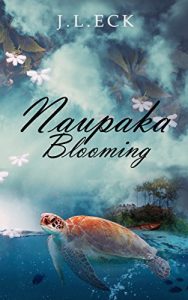 he development of Peter and his daughter trying to kill her concerns me because it seems to be a random bit of danger, but it doesn’t involve Aaron (from what I can tell).
he development of Peter and his daughter trying to kill her concerns me because it seems to be a random bit of danger, but it doesn’t involve Aaron (from what I can tell).
With a romance, you want a lot of things preventing the lovers from getting together. But those things should directly impact them both, and their relationship. It’s a different kind of story when one character is in danger and needs to be rescued, and the goal for the love interest is to save or rescue the other. But this isn’t following that type of plot goal.
So, with just this chart, I’m unable to delve more into the aspects of the plot. But I hope this look at Jaimie’s chart helps you think about your key scenes and how to launch your story and build it to a strong, exciting climax.
You can check out Jaimie’s book here on Amazon.
Any thoughts or questions about her chart or about any of the ten key scenes?


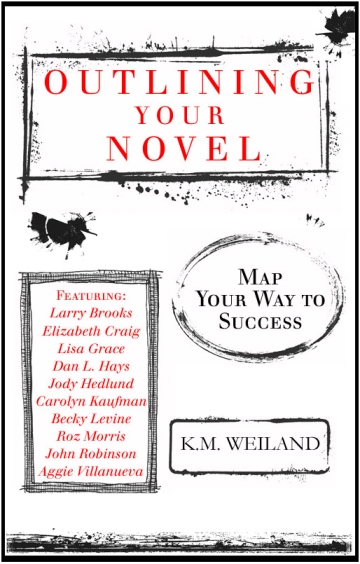
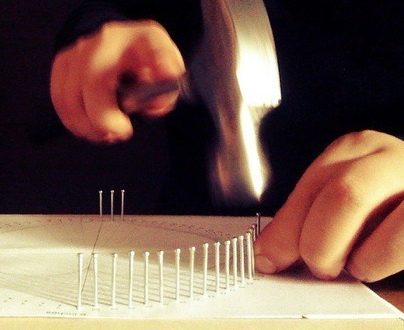

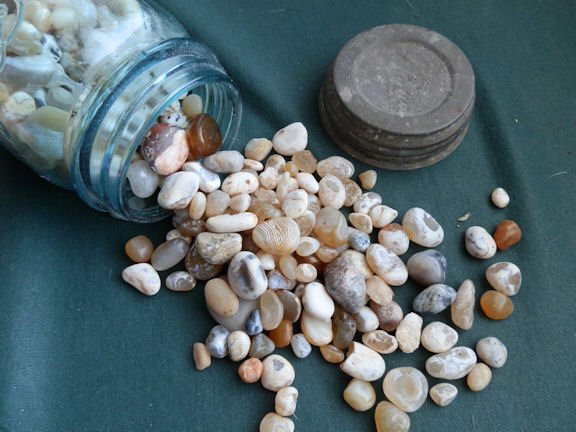
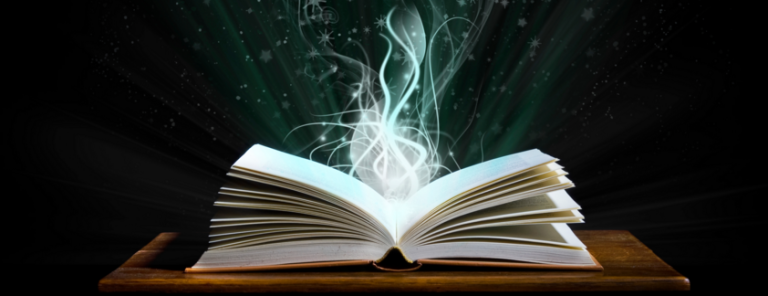




Hi
I found this article and Jaimie’s 10 Points really very interesting.
So much so that I copied it to my Evernote for reference.
That said, I’m a concrete sequential learner. I like things to flow in order.
So I’m mystified by your order of things.
Step 2 is Turning Point 1. Then Step 8 is Turning Point 4.
What happened to Turning Points 2 & 3?
I assume they are there but called something else. But what?
Good luck with your story Jaimie. I love the premise.
Cheers
The book Layer Your Novel goes deeper into this, and if you download my charts from the resource page, you’ll see. Turning Point #1 is the inciting incident. Turning Point #2 is the fixed goal at 25%. Turning Point #3 is the Midpoint. So check these out to get more info on all the key scenes!
Hi
That makes sense. Thanks for replying.
I’ll go check your resources.
Cheers